The Sheep of Prestige: Bali-Bali Sheep
The remarkable Bali-Bali is a hair sheep native to the Mali and Niger boundary and highly desired for breeding stock across Western Africa. It has a noble appearance due to their distinctive foreheads, lopping ears, elegant legs and body structure. The long straight tail also differentiates it from fat tailed sheep. Rams display a long twisting pattern to the horns and the females are usually polled (naturally hornless). They carry their head high as if conscious that they are highly valued. The thin, leggy body structure dissipates body heat more easily in desert climates than heavy, stocky breeds.
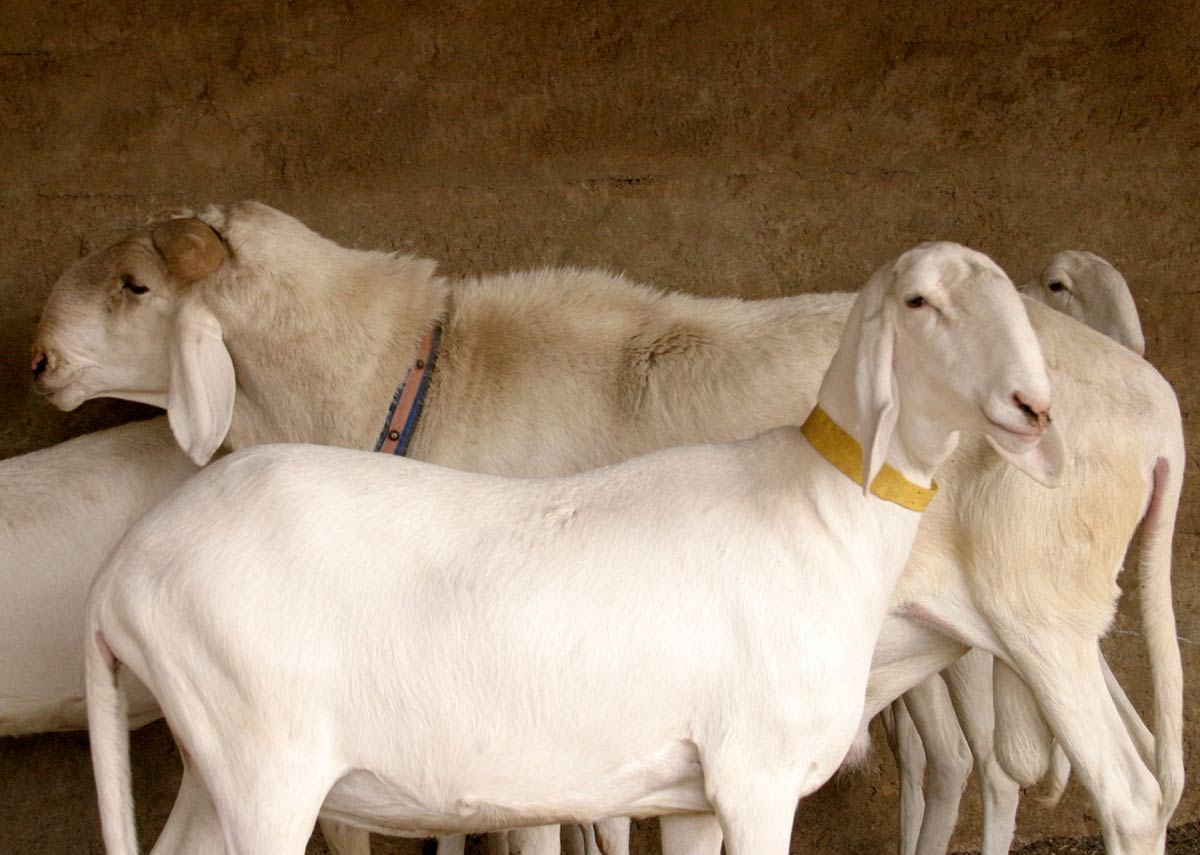
Although the Bali-Bali is exclusively African they are not direct descendants of wild ancestors indigenous to Africa but probably have Asiatic origin. There is no evidence that Africa ever possessed any species of wild sheep except the Arui of the northern regions. It is hard to believe that today as sheep have adapted well to diverse African climates. They thrive in highlands, deserts, cities, villages, sleep side by side with their owner in one-room huts or scavenge along the roadsides. They come in all different sizes, shapes, and colors and reproduce readily.
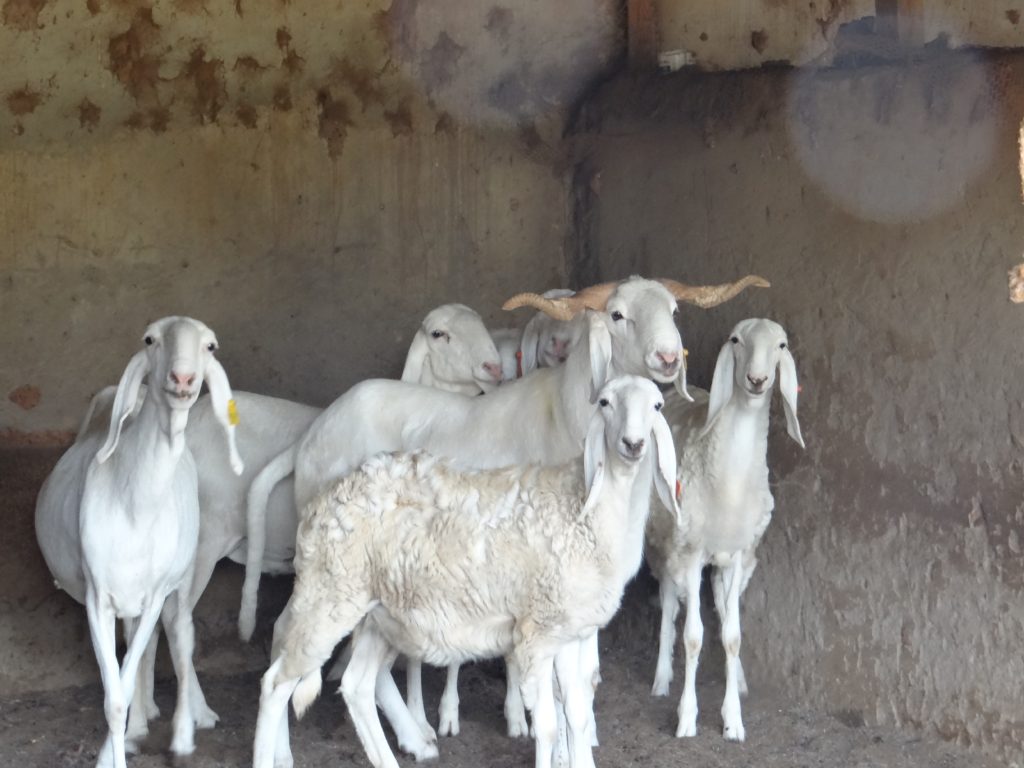
The womenand children collected their sheep for examination. Here the women own the female sheep and the men own the male rams. The women pay a fee for breeding. This is an improvement over allowing intact males free access to ewes and does all year as in villages farther south. It also is a start for improving genetics.
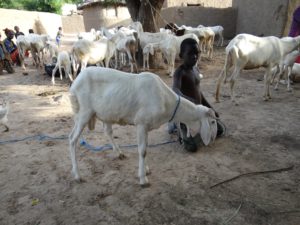
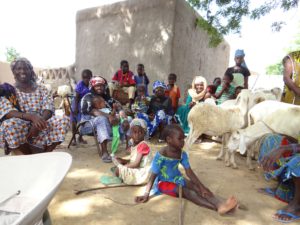
Owning their sheep provides a safety net for the women. Besides providing a source of protein from milk and meat small ruminants can be sold for quick cash at live animal markets common throughout the country. Many other methods of providing for family security or increasing assets (such as with bank accounts, real estate, precious metals, petroleum products) are out of reach of the common person in developing nations, are not secure due to political unrest, or controlled by society’s elites and foreign entities. Niono area, Mali.
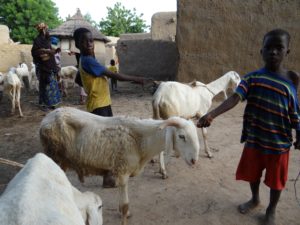
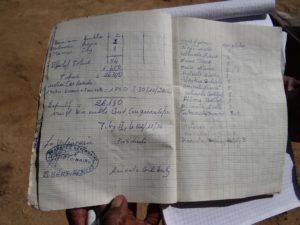
Sheep and goats, being ruminants, are able to digest browse and grass. They are hardy, semi-drought resistant and can search out grazing in areas not fit for cultivation or where larger animals such as cattle would die of thirst or starvation. This allows the small farmer to increase assets through the harvest of sunshine in the form of browse, brush and grasses in areas where vegetable and grain cultivation is unproductive due to rough terrain, intensive irrigation and fertilization requirements. whereas, the resilient small ruminant continues to provide a source of livelihood and nutrition for nomadic shepherds, small land holders and even urban families while reproducing on vegetation and residue not directly digestible by their human partners.
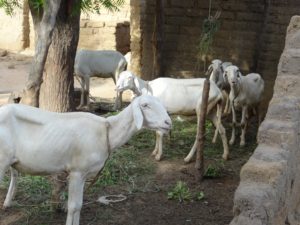
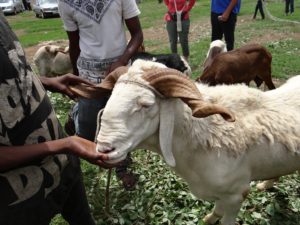
It is estimated that there are more than one thousand distinct sheep breeds around the world but no one knows the exact number. Sheep may have wool, hair or mixed wool and hair. Hair breeds, such as the Bali-Bali, thrive in wet, hot tropical environments where thick wool is a disadvantage. They also do well in desert climates because they tolerate heat more easily than their wooled relatives.
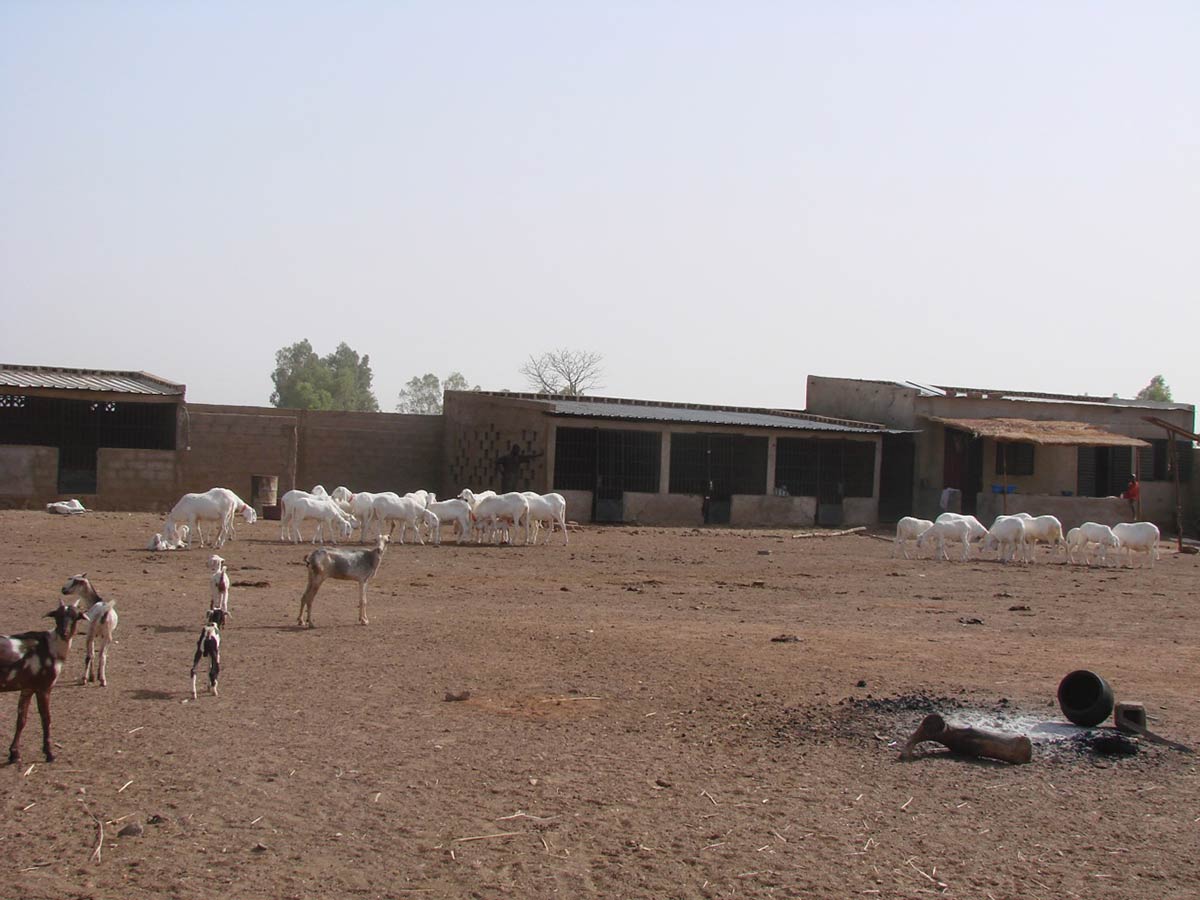
Farmer-to-Farmer assignment (Asmt date: Feb 2011 & August 2015). Kayes, and Niono, Mali.
